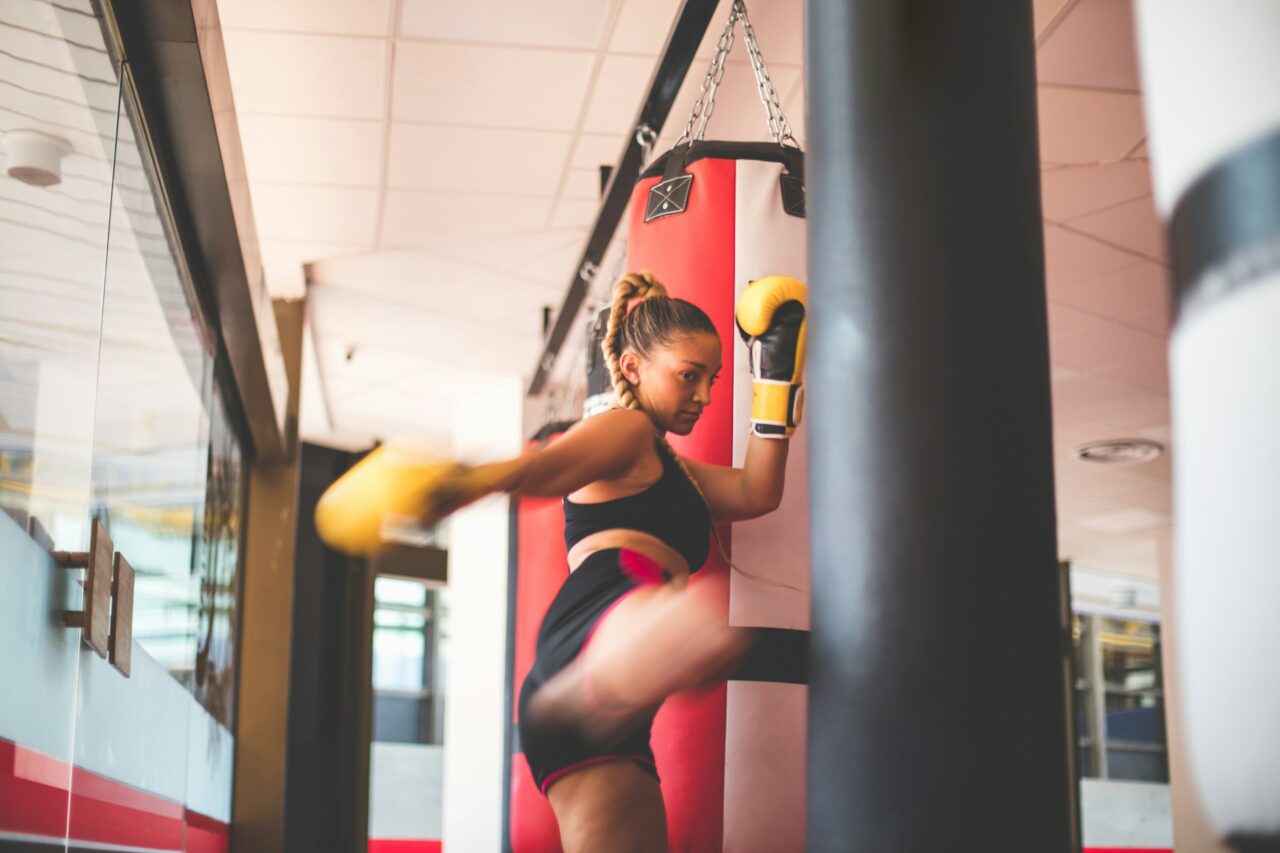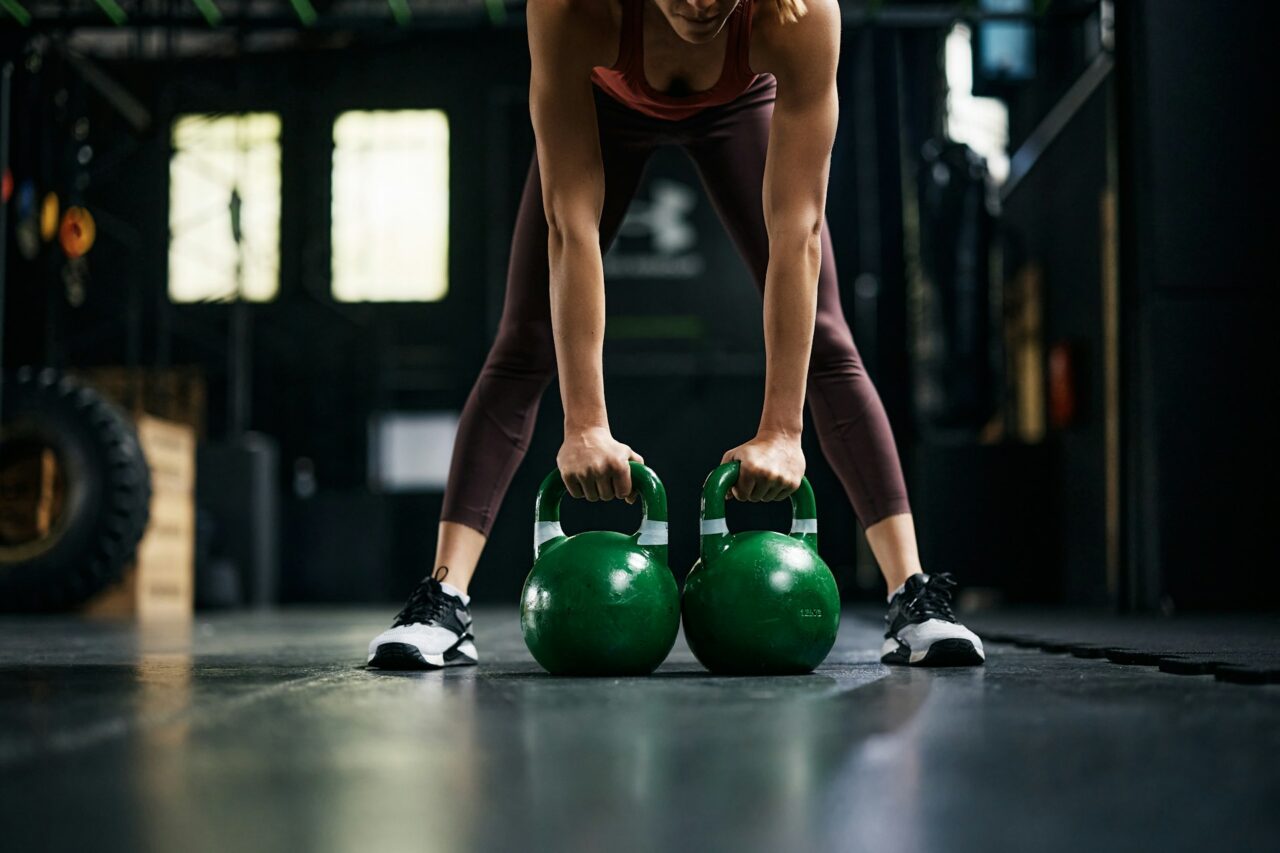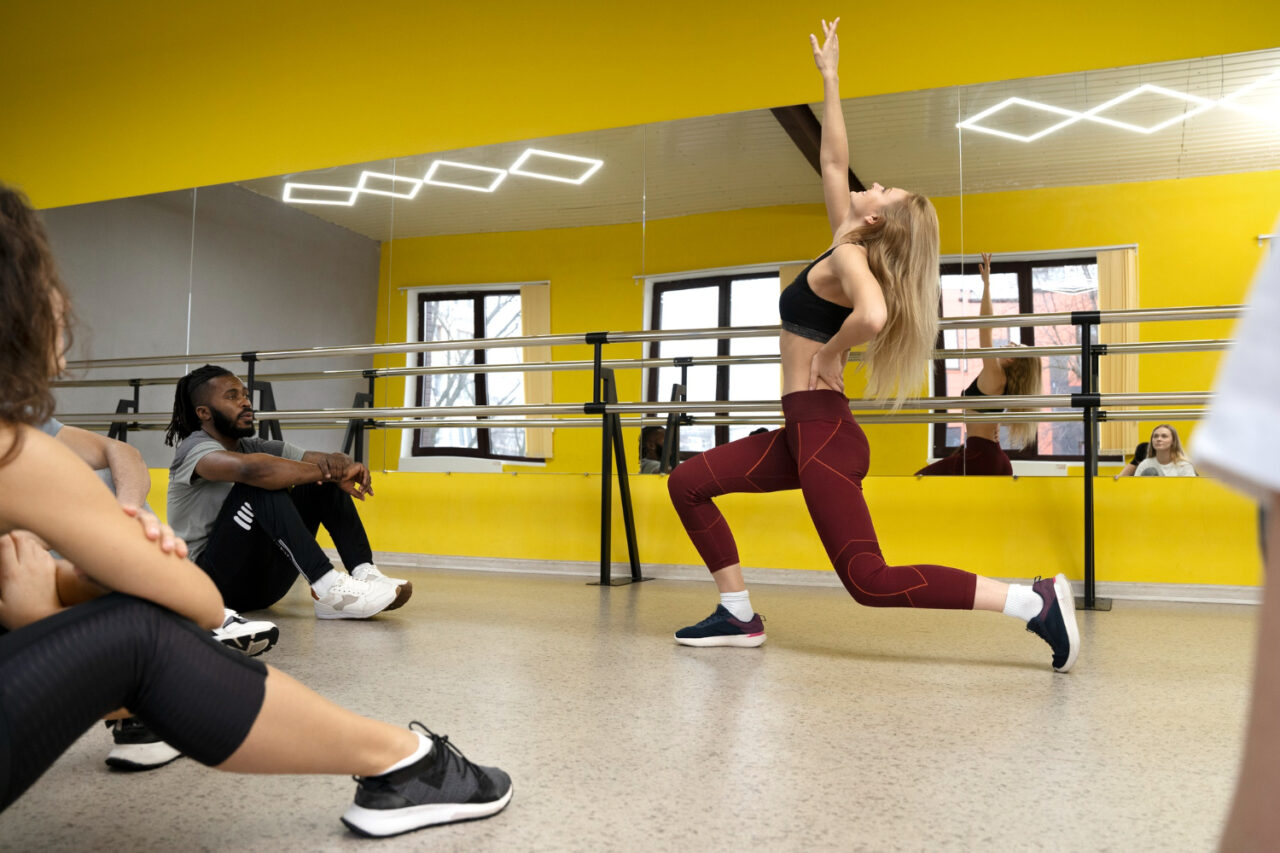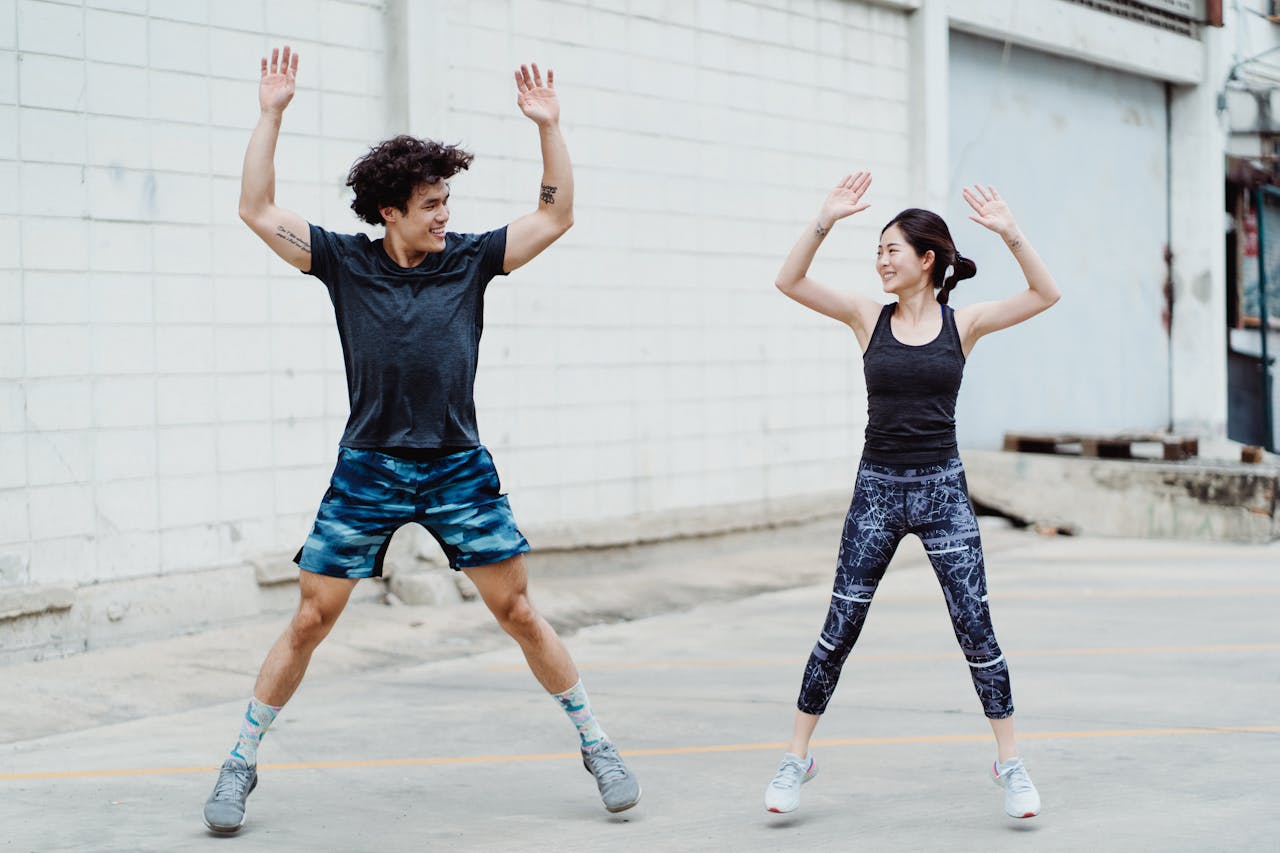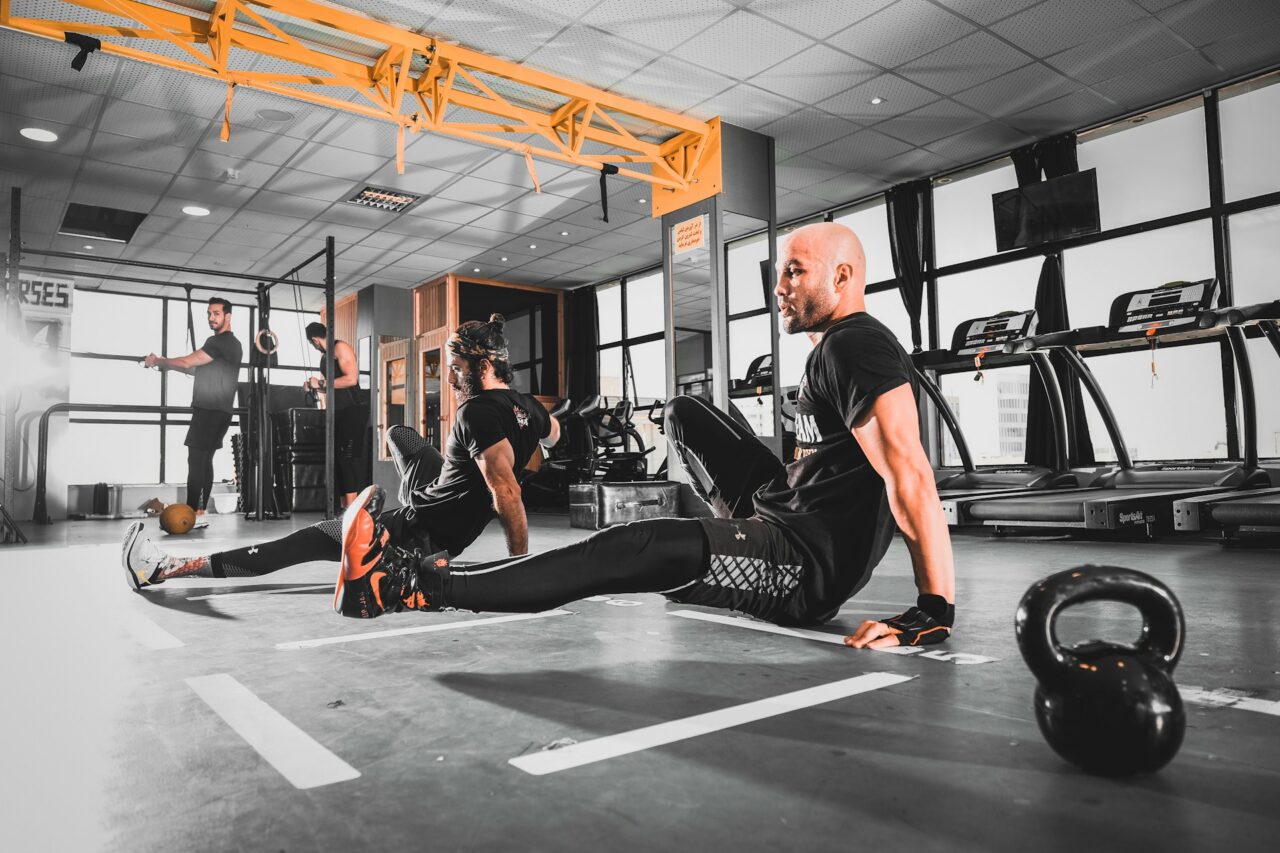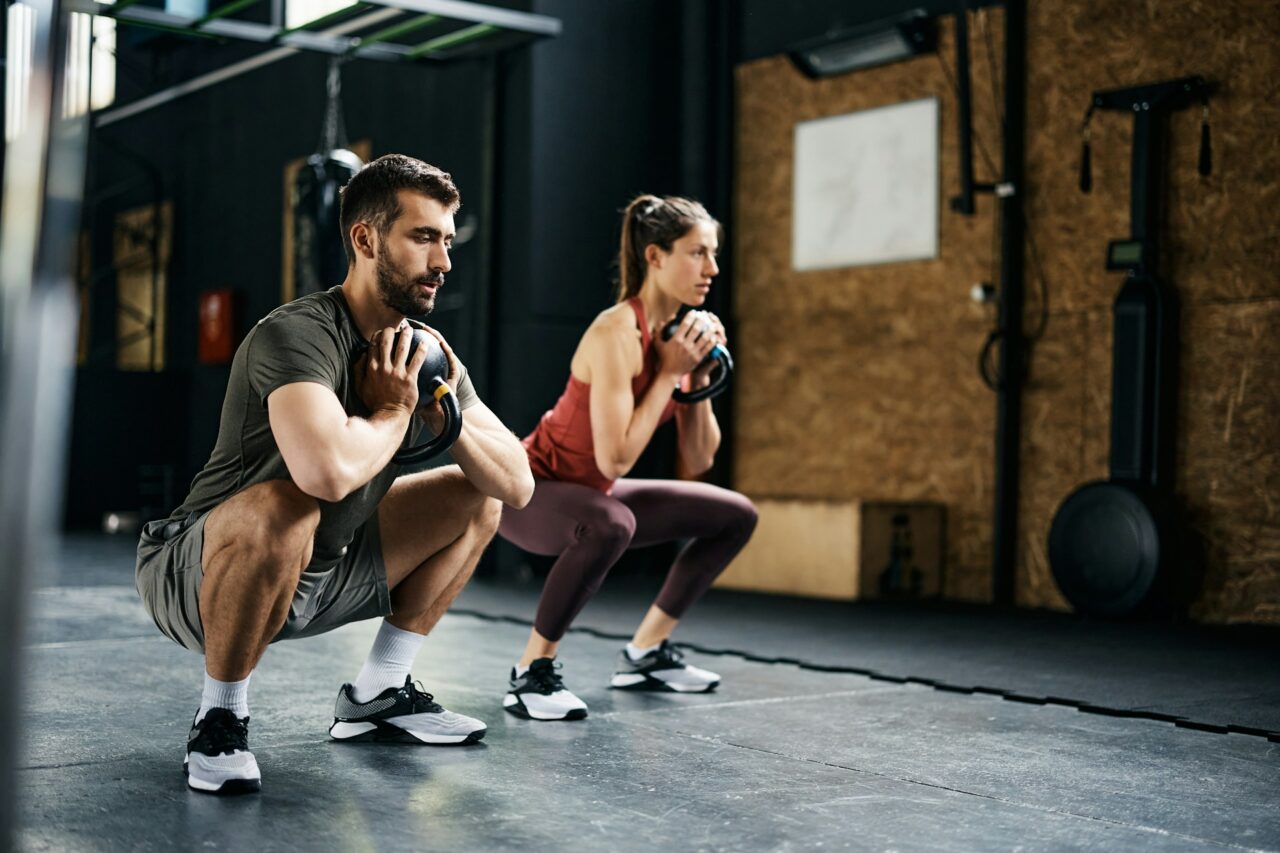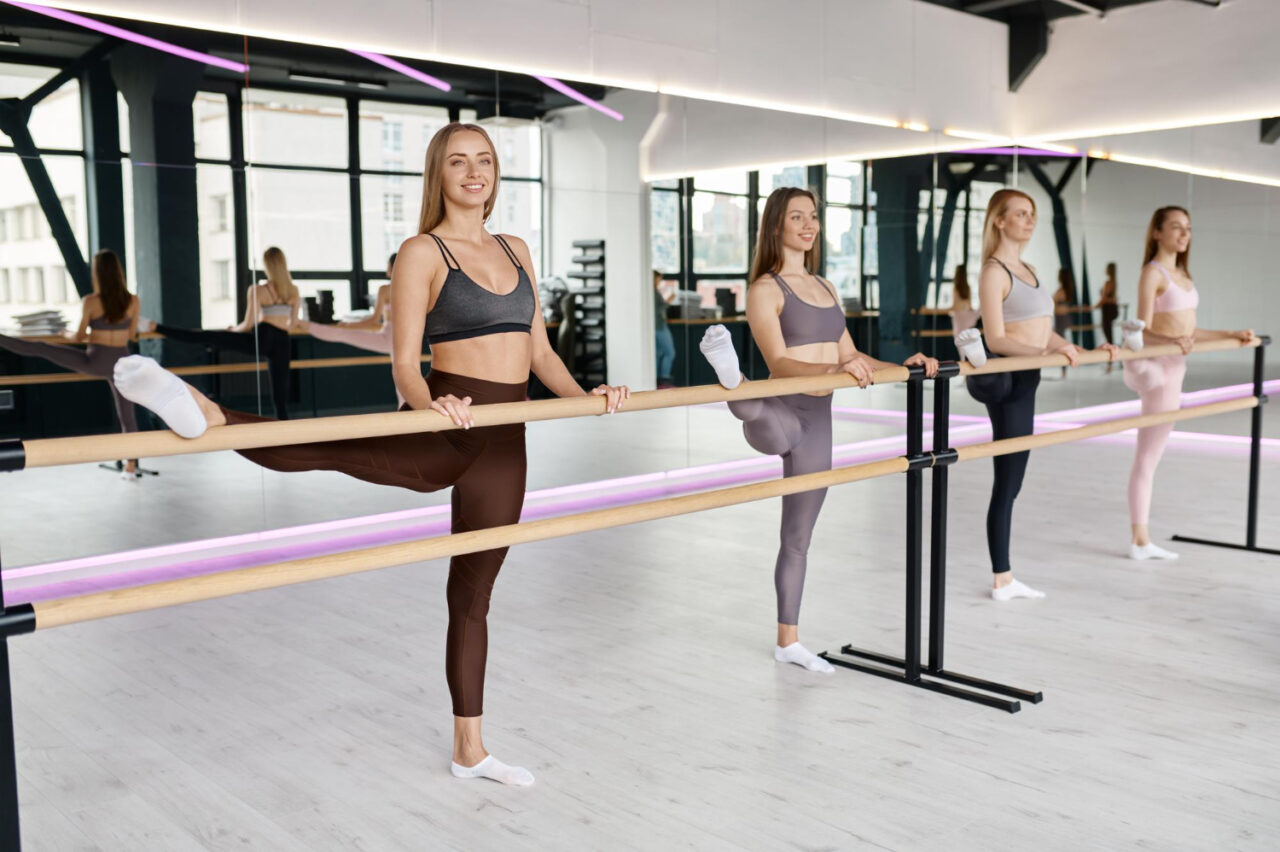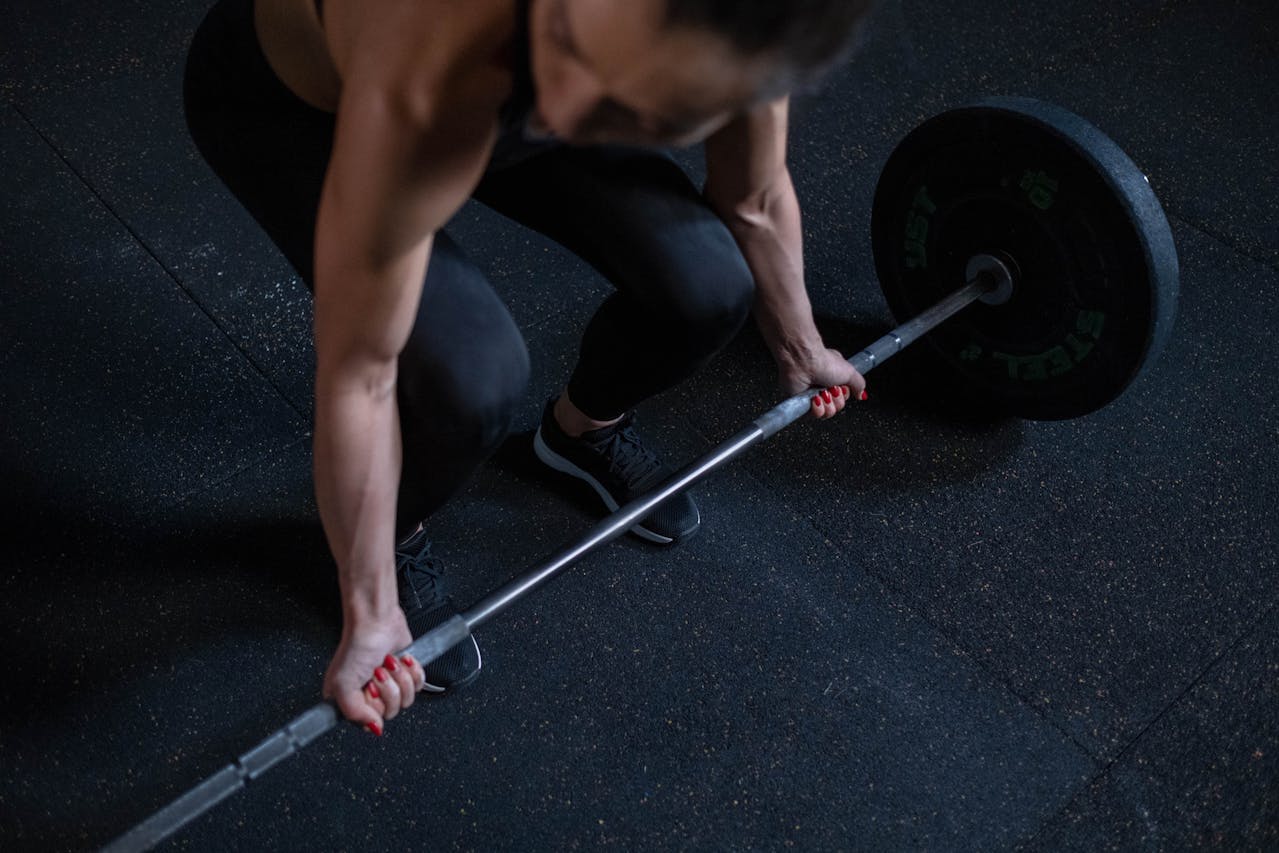Cardio kickboxing is a fun and energetic workout that combines elements of martial arts with cardiovascular exercises. Picture a class filled with lively music, fast-paced punching and kicking routines, and a supportive community working up a sweat together. This workout is an excellent way to get your heart pumping while releasing stress and enhancing physical well-being.
Besides being a high-energy activity, cardio kickboxing can help improve your strength, flexibility, and endurance. This type of workout offers an exciting alternative to traditional exercise routines, giving participants a chance to challenge themselves while having a great time. By engaging different muscle groups through dynamic movements, cardio kickboxing keeps the body guessing, which is excellent for overall fitness.
The Basics of Cardio Kick Boxing
Cardio kickboxing mixes various techniques, including punches, kicks, and footwork, into a high-intensity workout. Here’s a quick look at some key components you’ll encounter in a typical session:
– Warm-Up: To prepare the body, sessions usually start with light cardio exercises such as jumping jacks, jogging, or dynamic stretching.
– Basic Punches: You’ll learn foundational punches like jabs, hooks, and uppercuts. These moves help tone the arms and improve hand-eye coordination.
– Kicks and Knee Strikes: Incorporating front kicks, side kicks, and knee strikes works the legs and core, adding an element of power to the workout.
– Cardio Moves: Burpees, high knees, or quick feet exercises keep the heart rate up and enhance cardiovascular endurance.
– Cool Down and Stretching: After intense activity, a cool down with stretching releases tension and helps prevent injury.
Each session offers a structured yet flexible format that allows participants to adjust intensity levels according to their comfort and fitness goals. Whether you’re a beginner looking to get started with fitness or an experienced athlete seeking to spice up your routine, cardio kickboxing provides a welcoming environment for all.
Health Benefits of Cardio Kick Boxing
Cardio kickboxing packs a powerful punch when it comes to health benefits. The workout significantly boosts cardiovascular health. It keeps your heart rate elevated, which can lead to better stamina over time. Regular sessions make your heart stronger and improve circulation, ensuring everything runs smoothly within your body.
In addition to heart health, cardio kickboxing can help you build and tone muscles. While throwing punches and kicks, you engage major muscle groups like your arms, legs, and core. The dynamic movement ensures these muscles work hard, contributing to better muscle definition. You might find your abs getting tighter and your arms more defined, showing off the work you’ve been putting in during every class.
Techniques to Maximize Your Cardio Kick Boxing Workout
To make the most out of your cardio kickboxing routine, consider these effective techniques:
1. Focus on Form: Good form is key to preventing injuries and getting the most from each movement. Keep your stance solid, balance well, and extend your punches and kicks with purpose.
2. Pace Yourself: Start at a pace that challenges you but isn’t overwhelming. As you become more comfortable, gradually increase the speed and intensity to boost calorie burn.
3. Proper Breathing: Focus on breathing steadily throughout your session. It can help maintain your energy and ensure that your muscles get the oxygen they need.
4. Mix in Variations: Every now and then, try altering your routine. Experiment with different punches and kick combos or add in short bursts of fast footwork.
Being mindful of these techniques can improve your workout experience and yield faster, more noticeable results.
Integrating Cardio Kick Boxing into Your Routine
Adding cardio kickboxing to your regular fitness routine can provide a refreshing change and keep you motivated. Here are some ideas:
– Frequency: Aim to include cardio kickboxing two to three times a week to see benefits without overworking your body.
– Combo Workouts: Mix in other exercises like weight training or yoga to balance your regimen and ensure a well-rounded fitness approach.
By integrating cardio kickboxing into your routine, you can keep the excitement alive in your workouts while working on different fitness goals seamlessly. Remember to keep a positive mindset and enjoy the journey. Mixing up your exercise habits keeps things fresh and exciting. Try a new combo every week, and watch your skills grow.
Ignite your fitness journey with the exhilarating cardio kickboxing sessions offered at Quincy Athletic Club—the perfect blend of fun, fitness, and community. Dive into this invigorating group class workout that challenges and energizes, while improving your strength and endurance. Unleash your potential with each punch and kick, and join our welcoming community to achieve your fitness goals. Embrace the excitement and see the difference for yourself today!

